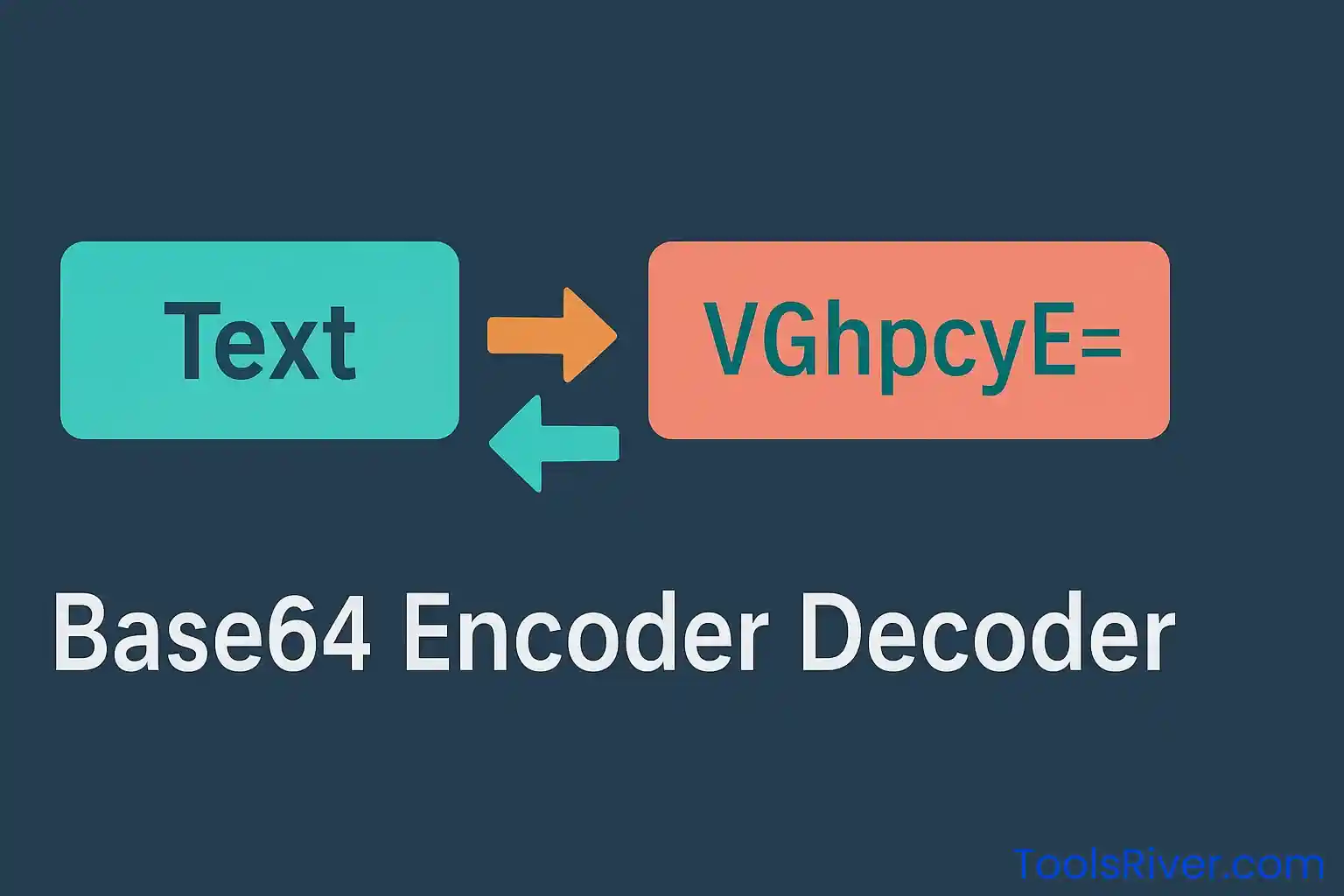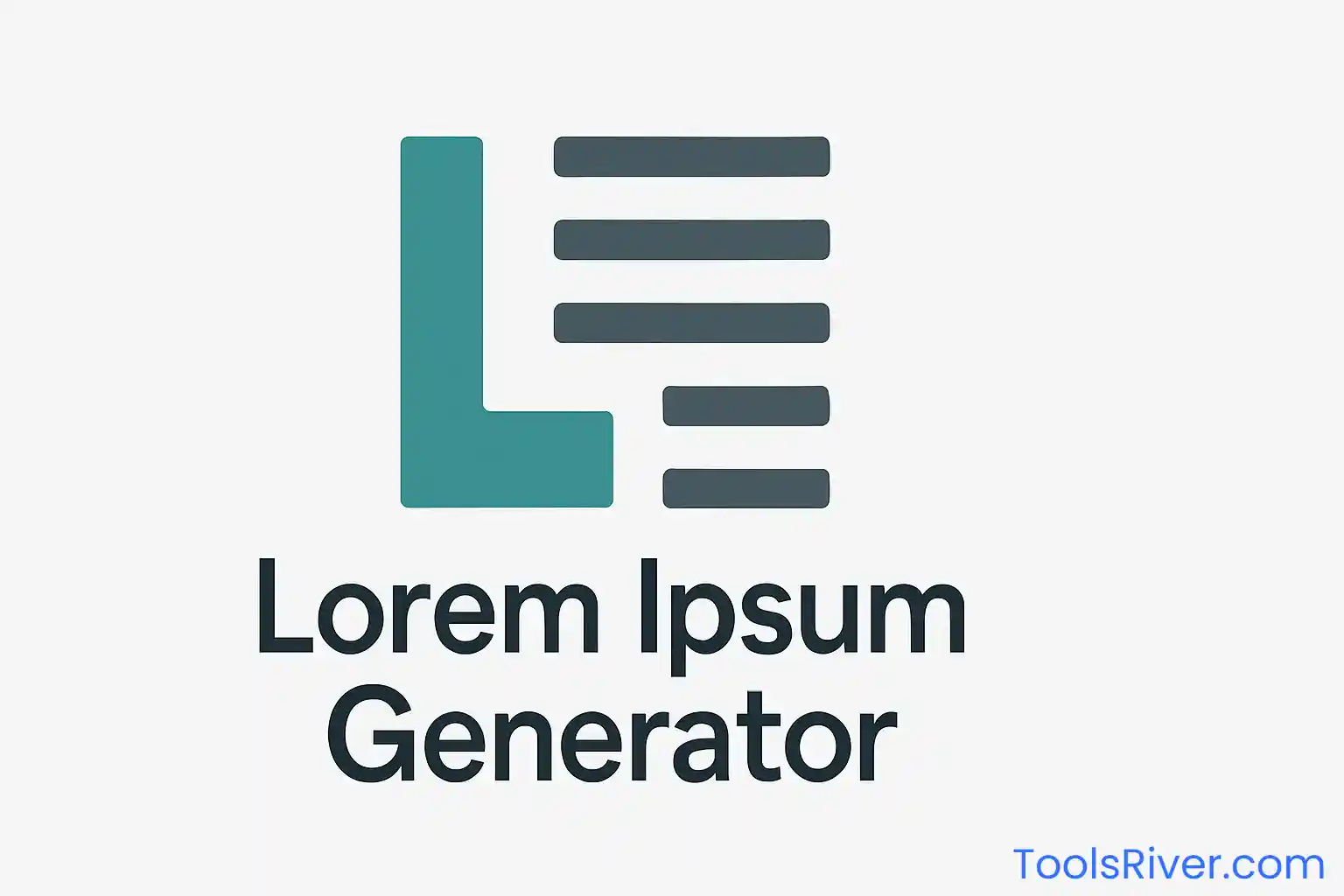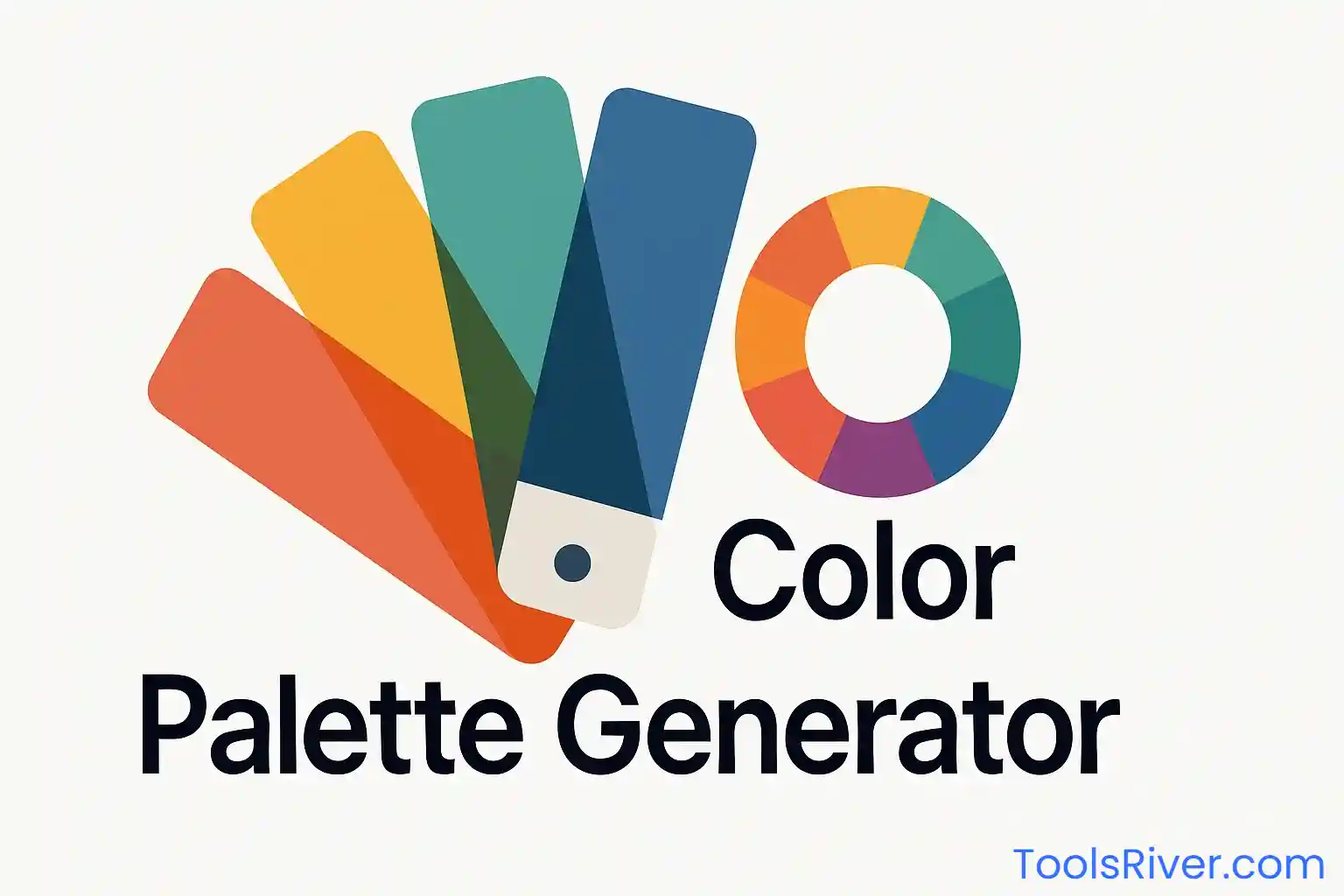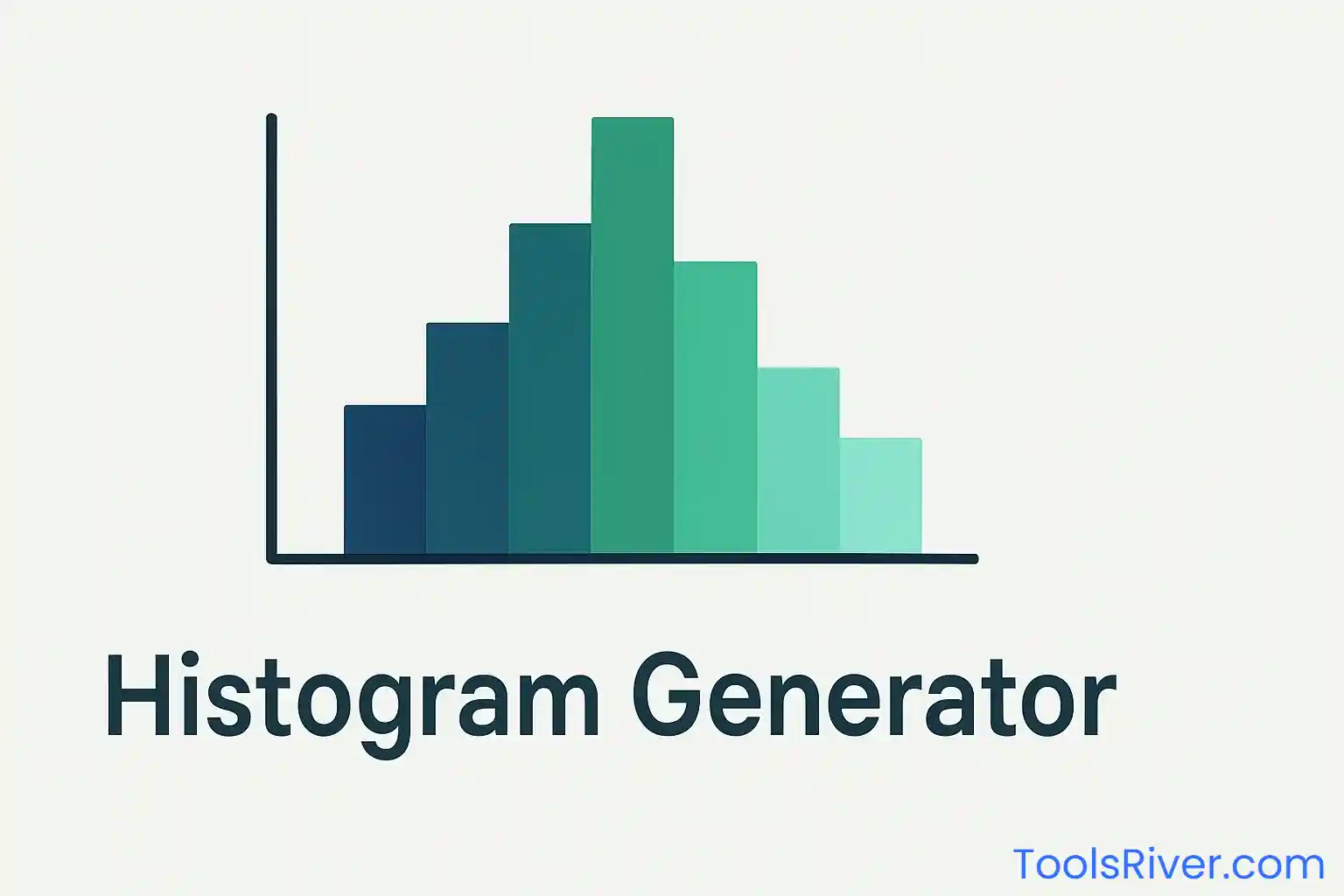Professional Area Chart Generator
Create stunning area charts for trend analysis, volume visualization, and time-series data with elegant filled areas and professional styling.
Chart Configuration
Professional Area Chart Generator - Master Volume Visualization and Trend Analysis
Discover the power of area chart visualization with our comprehensive generator designed for volume analysis, trend tracking, and time-series data presentation. Area charts combine the clarity of line charts with the visual impact of filled regions, making them ideal for displaying cumulative data, showing magnitude over time, and emphasizing the volume or scale of changes in your datasets. Our advanced generator provides sophisticated styling options and professional presentation capabilities that transform numerical data into compelling visual narratives.
Unlike basic line charts, area charts excel at communicating both the trend direction and the magnitude of change, making them particularly effective for financial data, website analytics, sales volumes, and any scenario where the total accumulated value is as important as the individual data points. Our tool delivers publication-ready visualizations that enhance reports, presentations, and dashboards with elegant filled areas and professional typography.
Advanced Styling and Visual Enhancement Features
Our area chart generator incorporates cutting-edge visualization technologies that provide unparalleled design flexibility and aesthetic appeal. The gradient fill options create depth and visual interest while maintaining data clarity, utilizing carefully calibrated color transitions that guide the eye naturally across the chart. The pattern fill capabilities offer sophisticated texture options that add visual distinction without compromising readability or accessibility standards.
Curve styling options support diverse analytical contexts and aesthetic preferences. Smooth curves provide natural flow for continuous data like website traffic or sales volumes, while straight lines emphasize precise measurements and discrete changes. Stepped line styles work exceptionally well for data that changes at specific intervals, such as inventory levels or policy implementations.
The intelligent color scheme system goes beyond basic aesthetics to incorporate principles of data visualization psychology and modern design trends. Each color palette is carefully designed to ensure optimal contrast ratios, accessibility compliance, and visual harmony across different presentation contexts. The professional color schemes maintain corporate standards while the vibrant options energize presentations and reports.
Business and Analytical Applications
Area charts excel in numerous professional contexts where understanding volume, growth, and cumulative effects is crucial for decision-making. Financial organizations leverage area charts for revenue visualization, profit margin analysis, market capitalization tracking, and portfolio value progression. The filled areas effectively communicate the magnitude of financial performance while the trend lines reveal growth patterns and seasonal variations that inform strategic planning.
Digital marketing and web analytics teams rely heavily on area charts for traffic visualization, conversion tracking, engagement measurement, and campaign performance analysis. The visual weight provided by filled areas helps stakeholders immediately understand the scale of digital performance while identifying trends that inform optimization strategies and budget allocation decisions.
Manufacturing and operations organizations utilize area charts for production volume tracking, inventory level monitoring, quality metric visualization, and efficiency measurement. The cumulative nature of area charts makes them particularly effective for displaying production totals, accumulated downtime, and progressive improvement initiatives that require clear communication of both current status and historical trends.
Scientific research applications include population studies, environmental monitoring, clinical trial results, and experimental data visualization. Area charts effectively communicate both the magnitude of measured phenomena and their progression over time, making complex research findings accessible to both technical and general audiences.
Technical Excellence and Performance Optimization
Our area chart generator utilizes Chart.js, one of the most robust and performance-optimized charting libraries available, ensuring smooth rendering and responsive interactions across all devices and browsers. The rendering engine is specifically optimized for area chart complexity, maintaining crisp visual quality and smooth animations even with large datasets or complex styling options.
The mathematical algorithms behind curve generation ensure smooth, natural-looking filled areas that accurately represent the underlying data relationships. The gradient calculation systems provide seamless color transitions that enhance visual appeal while maintaining the precision necessary for accurate data interpretation.
Export functionality maintains full visual quality while providing format options suitable for various presentation and integration requirements. The high-resolution output ensures that area charts remain sharp and visually appealing across different viewing contexts, from detailed analytical reports to large-format presentation displays.
Data Analysis and Statistical Insights
Beyond visual presentation, our area chart generator provides comprehensive analytical features that enhance the insights available from your data. Real-time statistical calculations include total values, averages, growth rates, and trend analysis that help users understand not just what the data shows, but what it means for decision-making purposes.
The growth rate calculation automatically computes percentage changes from the first to last data points, providing immediate insight into overall performance trends. The average value computation helps identify typical performance levels, while the total value calculation emphasizes the cumulative impact of the measured phenomenon.
Data validation systems ensure accuracy and consistency while providing helpful feedback for optimization. The tool automatically handles common data formatting issues while alerting users to potential problems that might affect analytical accuracy or visual interpretation.
Professional Design and Presentation Excellence
Visual design in area chart creation extends beyond aesthetics to directly impact analytical interpretation and communication effectiveness. Our generator incorporates professional design principles including optimal fill opacity for readability, appropriate border weights for clarity, and intelligent grid line positioning that supports rather than obscures data interpretation.
Typography and labeling systems follow established visualization standards while allowing customization for specific presentation requirements. The careful balance between aesthetic appeal and functional clarity ensures that charts enhance rather than distract from the underlying data message, supporting effective communication across diverse audiences and presentation contexts.
The responsive design framework ensures that area charts maintain their visual impact and analytical value across different screen sizes and output formats. Whether displayed on mobile devices, desktop monitors, or large presentation screens, the charts automatically adjust sizing and positioning to maintain optimal viewer comprehension and engagement.
Interactive Analysis and Exploration Capabilities
Beyond static visualization, our area chart generator supports interactive analysis that enables deeper data exploration and pattern identification. The real-time updating system allows users to experiment with different styling options and data combinations while immediately observing how changes affect the visual narrative and analytical insights.
The flexible data input system accommodates various working styles and data sources, from manual entry for small datasets to structured input formats suitable for larger analytical projects. The intuitive interface supports both quick chart creation for immediate needs and iterative refinement for complex analytical requirements.
Statistical feedback provides continuous analytical context that helps users understand not just visual patterns, but their quantitative significance and practical implications. This integrated approach combines visual pattern recognition with mathematical analysis to provide comprehensive insights that support informed decision-making and strategic planning.
Frequently Asked Questions
Use area charts when you want to emphasize the magnitude or volume of data, not just the trend. They're perfect for showing cumulative values, total amounts over time, or when the "area under the curve" has meaning (like total sales, website traffic volume, or accumulated costs). Line charts are better for focusing purely on trends and changes.
Filled areas use solid colors and provide clear, traditional visualization. Gradient fills create visual depth and modern appeal by transitioning from a darker color at the line to lighter/transparent at the bottom. Gradients can make charts more visually engaging but solid fills may be better for formal business reports.
Generally yes, especially for area charts since the filled area represents volume or total amount. Starting from zero provides accurate visual representation of the data's magnitude. Only consider not starting from zero if your data has a very narrow range and starting from zero would make variations invisible.
Area charts work well with 5-20 data points for most presentations. Too few points don't take advantage of the area visualization, while too many can make the chart cluttered. For time-series data showing trends, 8-12 points often provide the best balance of detail and clarity.
While possible, area charts work best for single data series since overlapping filled areas can obscure data. For comparing multiple series, consider creating separate area charts or using line charts instead. If you must show multiple series, use stacked area charts or make the fill areas semi-transparent.











